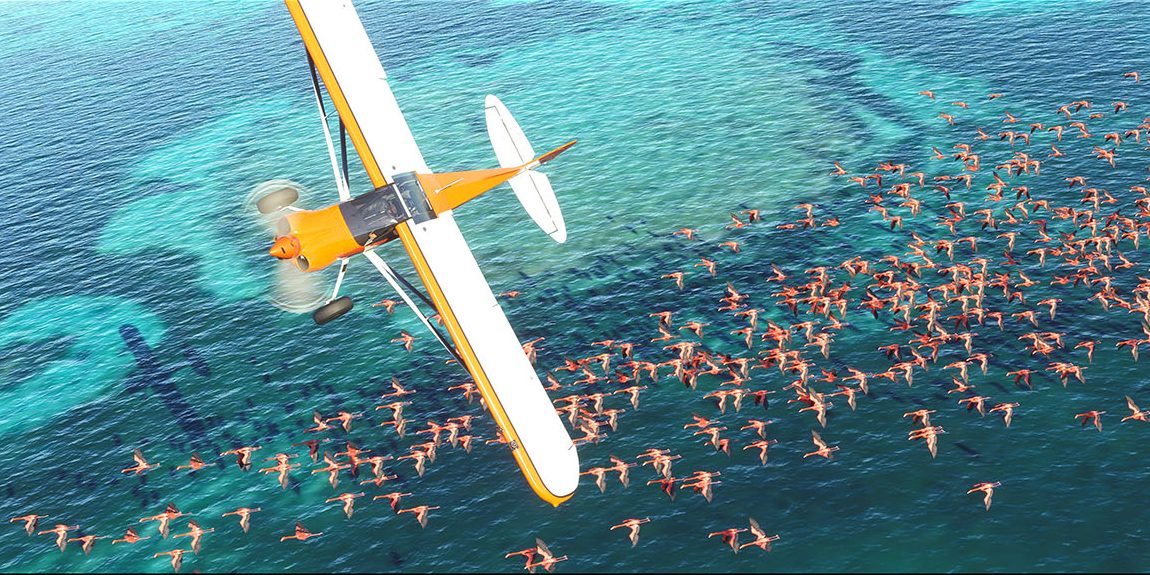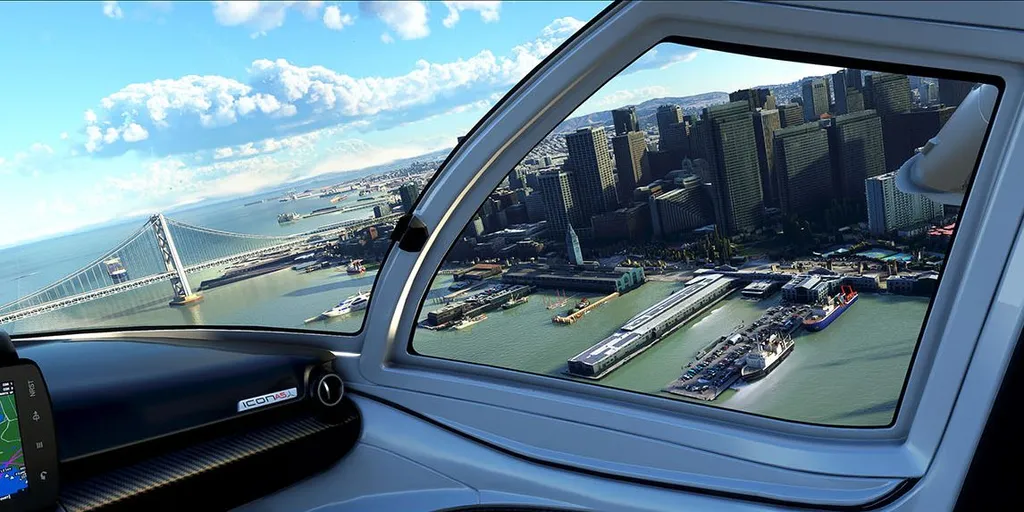Microsoft’s upcoming next generation flight simulator will not support VR at launch, according to a YouTuber who was given hands-on access at a Microsoft hosted event.
However, Microsoft did apparently tell the YouTuber, Pete Wright, that it would “maybe” come later on, as “perhaps a longer term goal”.
Microsoft Flight Simulator was announced at E3 2019, for Windows 10 and Xbox One. It uses ultra-high resolution aerial imagery from Bing Maps. Machine learning technology in Microsoft’s Azure cloud generates 3D scenery from these images on a global scale. The sim will work offline too, but the world will be significantly less detailed.
Games journalists who have gone hands-on so far have reported the map generation being so accurate that they’re able to recognize their own apartment complex from the air. The graphical realism is also reportedly far ahead of any other simulator on the market. From the screenshots, it almost looks photo-realistic.
The weather data is also pulled in from the live real world conditions, and the ambient AI models real flights happening in real-time. Even natural disasters can be experienced in real-time in the simulation.

Microsoft’s simulator is clearly the true next generation of flight sims. We’re disappointed that it won’t support VR at launch, as it’s difficult to go back to the limited perspective of a monitor once you’ve experienced virtually being in a cockpit. Nonetheless, we’ll be watching this sim closely as it develops.
For now, we’ll just have to be satisfied with Aerofly FS2 and DCS on Steam.




























